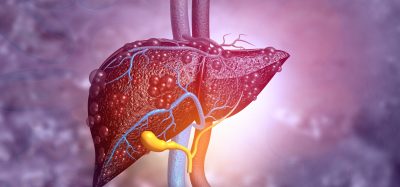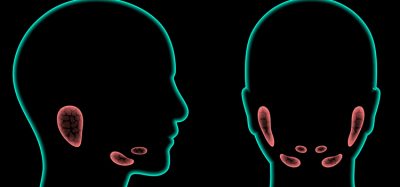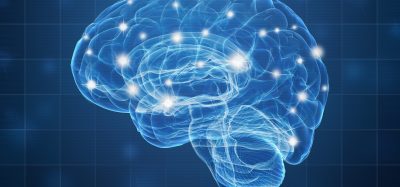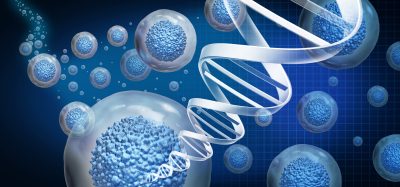Hereditary Alzheimer’s disease can be transferred via transplants
Posted: 3 April 2024 | Drug Target Review | No comments yet
Transplant recipients of hematopoietic stem cells with a hereditary version of AD developed the disease at an accelerated rate.
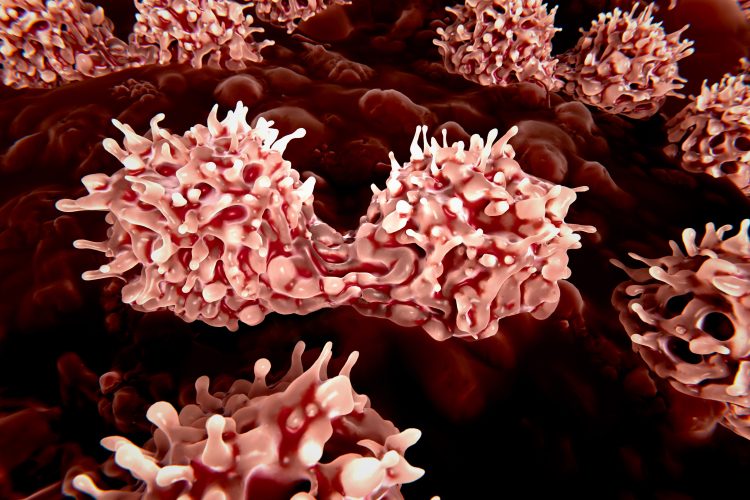

Researchers from the University of British Colombia have discovered that familial Alzheimer’s disease (AD) can be transferred via bone marrow transplant. This changes the paradigm of AD being a disease exclusively produced in the brain to a more systemic disease. These findings suggest that donors of blood, tissue, organ, and stem cells should be screened for AD to prevent its inadvertent transfer during blood product transfusions and cellular therapies.
Senior author and immunologist Dr Wilfred Jefferies explained: “This supports the idea that Alzheimer’s is a systemic disease where amyloids that are expressed outside of the brain contribute to central nervous system pathology…As we continue to explore this mechanism, Alzheimer’s disease may be the tip of the iceberg and we need to have far better controls and screening of the donors used in blood, organ and tissue transplants as well as in the transfers of human derived stem cells or blood products.”
The team, to test whether a peripheral source of amyloid could contribute to the development of AD in the brain, transplanted bone marrow containing stem cells from mice carrying a variant of the human amyloid precursor protein (APP) gene, a familial version of the disease. This gene, when cleaved, misfolded and aggregated, forms amyloid plaques that are a hallmark of AD. They performed transplants into two different strains of recipient mice: APP-knockout mice that lacked an APP gene altogether, and mice that carried a normal APP gene.
In this model of heritable AD, mice typically begin to develop plaques at nine to 10 months of age, and behavioural signs of cognitive decline begin to appear at 11 to 12 months of age. Notably, the transplant recipients began showing symptoms of cognitive decline much earlier: at six months post-transplant for the APP-knockout mice and at nine months for the normal mice.
First author Dr Chaahat Singh said: “The fact that we could see significant behavioral differences and cognitive decline in the APP-knockouts at 6 months was surprising but also intriguing because it just showed the appearance of the disease that was being accelerated after being transferred.”
Signs of cognitive decline in mice present as an absence of normal fear and a loss of short and long-term memory. Both groups of recipient mice also demonstrated molecular and cellular hallmarks of AD, including leaky blood-brain barriers and build-up of amyloid in the brain. The team concluded, after observing the transfer of disease in APP-knockout mice that lacked an APP gene altogether, that the mutated gene in the donor cells can cause the disease. They also concluded that, from observing that recipient animals that carried a normal APP gene are susceptible to the disease, this suggests that the disease can be transferred to healthy individuals.
The transplanted stem cells were hematopoietic cells so the researchers’ demonstration of amyloid in the brains of APP knockout mice shows definitively that AD can result from amyloid that is produced outside of the central nervous system (CNS). Furthermore, the study demonstrates that the mutated human gene can transfer the disease in a different species.
Moving forward, the scientists plan to test whether transplanting tissues from normal mice to mice with familial AD could mitigate the disease, as well as test whether the disease is transferable via other types of transplants or transfusions. Dr Jefferies commented: “In this study, we examined bone marrow and stem cells transplantation. However, next it will be important to examine if inadvertent transmission of disease takes place during the application of other forms of cellular therapies, as well as to directly examine the transfer of disease from contaminated sources, independent from cellular mechanisms.”
This study is published in Stem Cell Reports.
Related topics
Neurosciences, Screening, Stem Cells
Related conditions
Alzheimer's disease (AD)
Related organisations
University of British Colombia




